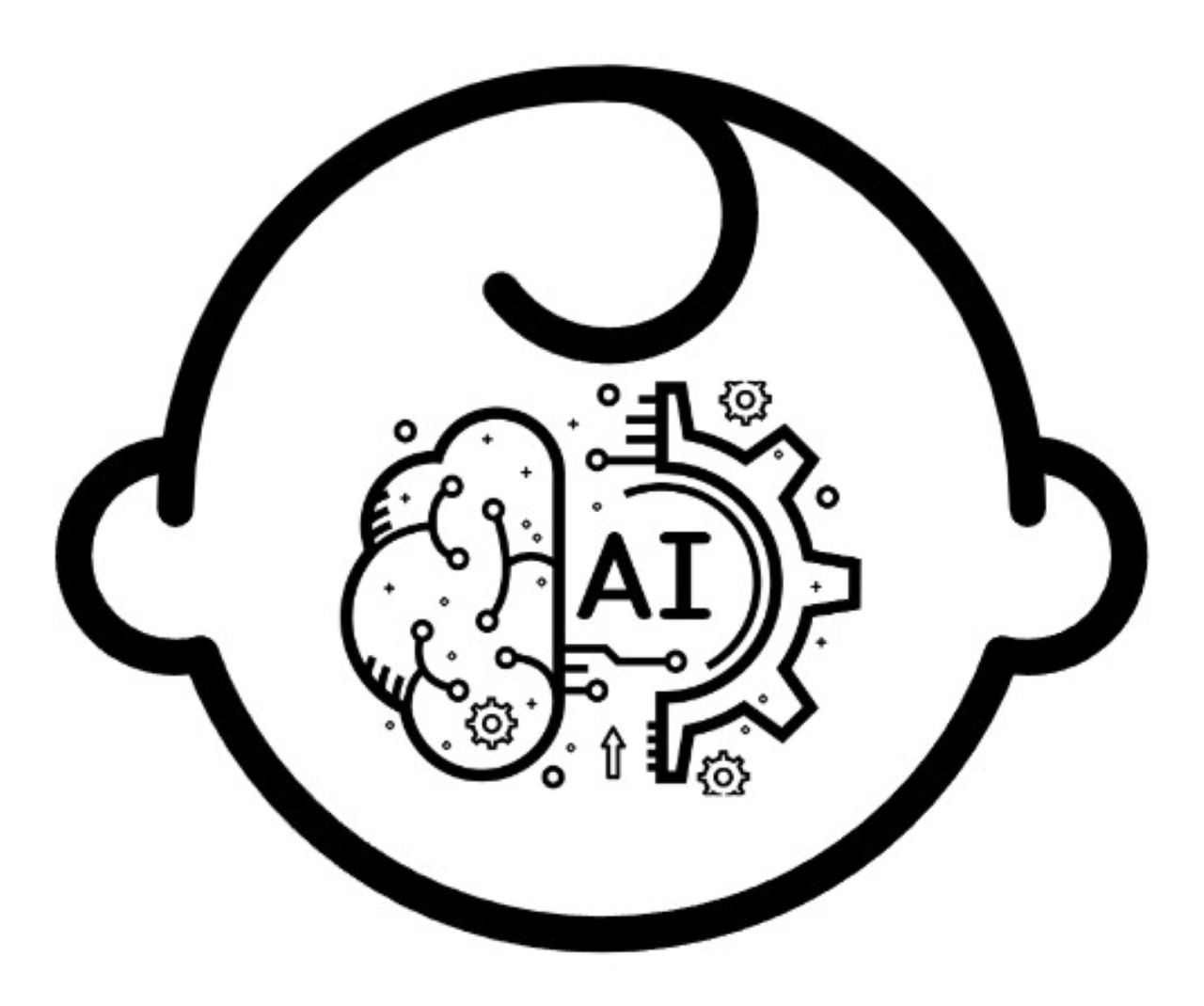Uncovering Predictors of Neonatal Brain Injury Using Machine Learning
Team: Vermillion
- Program: Biomedical Engineering
- Course: Precision Care Medicine
Project Description:
This poster represents the work in Identifying predictors of three patient outcomes of Neonatal Brain Injury using Machine Learning made by team Vermillion under the guidance of Dr. Khyzer Aziz, Dr. Abimbola Aina, and Dr. Frances Northington of the Divisions of Neonatology and Maternal Fetal Medicine of the Johns Hopkins University School of Medicine.
Project Poster
Open full size poster in new tab (PDF)
Project Post Summary:
Hypoxic-ischemic encephalopathy (HIE) is a type of brain damage caused by a lack of oxygen to the brain before or shortly after birth. It affects the central nervous system, and babies born with HIE may have neurological or developmental problems. Therapeutic hypothermia (TH) for 72 hours is the only intervention in routine use proven to provide neuroprotection to infants suffering from HIE. However, while TH efficacy is reproducible and its benefits are long-lasting in approximately one-third of infants, the remaining majority of infants fail to benefit. The gap in knowledge regarding why most infants fail to benefit is a question of immense importance and the focus of this study.
This study aimed to identify the features that contribute the most to specific outcomes for neonates with HIE who receive TH. Three machine learning models, namely Logistic Regression, Random Forest, and XgBoost were tested to determine the best-performing model for the analysis. The study analyzed in-hospital outcomes of patients who received TH, including mortality, length of stay, time to full enteral feeds, and abnormal MRI. To identify the most important features, SHapley Additive exPlanations (SHAP) were used to evaluate the complex interplay of biological, clinical, and severity of illness factors.
Before modeling, the application of inclusion/exclusion criteria along with extensive feature engineering was conducted to address multicollinearity issues while preserving important clinical factors mentioned by clinician mentors and literature surveys. The results showed that the most important features for predicting mortality were infant base deficit, cord base deficit, and hemoglobin. For predicting length of stay, the most important features were infant pH, maximum vasoactive inotropic score (VIS_max), and race. For predicting time to full enteral feeds, the most important features were vasoactive-inotropic delivery and birth weight. For predicting abnormal MRI, the most important features were infant pH, vasoactive-inotropic delivery, and the sarnat score – a clinical scoring system used to assess the severity of hypoxic-ischemic encephalopathy (HIE) in neonates.
The findings of this study provide valuable insights into why most infants with HIE fail to benefit from TH. By identifying modifiable components such as vasoactive-inotropic delivery, oxygen delivery, specific hemoglobin thresholds, and specific pH thresholds, this study has implications for future observational and interventional studies on neonates with HIE who have received TH. The results can also help optimize TH and improve outcomes for neonates with HIE.
Student Team Members
- Hrishikesh Kambli
- Samaris Claussell
- Blanca Inigo
- Aastha Merja
- Aditya Khandeshi
- Yi Yang



